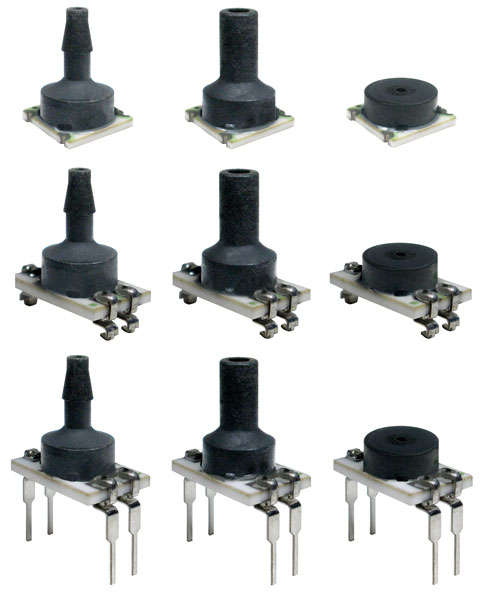How Sensors Assist Surgeons in Eye Surgery
The fourth installment in our series on platform sensors covers the advantages of flexible sensor designs for use in devices used in eye surgery.
April 24, 2013

Pressurization is one of the biggest concerns during eye surgery, including cataract and glaucoma treatments. Eye or intraocular pressure needs to be monitored and controlled precisely and accurately during surgery. In treating refractory glaucoma, for example, the surgical device must be centered on the eye, which requires highly accurate airflow and air-pressure measurement at very low pressures for leak detection. This prevents damage to sensitive eye tissues.
The Honeywell Basic Board Mount Pressure Sensors, NBP Series, are a cost-effective, basic performance, mV output, unamplified, uncompensated, high quality and high resolution solution for customers seeking high-volume, economical board mount pressure sensors. |
In eye surgery applications, it's critical to be able to scale the sensors to a particular airflow or pressure range. By taking a platform approach, the sensor manufacturer can adjust to different flow ranges to quickly customize designs.
A pressure pump, which is used to maintain the pressure on the eye for patient safety, integrates airflow and pressure sensors. An airflow sensor is used to control the air pressure while the pressure sensor is used as a safety valve. Pressure sensors are used to maintain precise pressure and inhibit suction loss to prevent any damage to the patient's eye during surgery.
Pressure sensors that provide pressure range customization, several connection options, calibration, amplification, and temperature compensation can be designed into many different product platforms. This translates into lower costs, faster time to market and reduced assembly time.
AJ Smith is director of product marketing at Honeywell Sensing and Control, where he is responsible for leading, managing, and directing all product-marketing-related activities within the pressure and thermal business. He holds a bachelor's degree in chemistry from the University of Illinois at Urbana-Champaign and received his MBA from the University of Minnesota Twin Cities campus with specializations in finance, strategic management, and international business. He can be reached at [email protected].
Related Content
Platform Sensors Enable Design for Flexibility
How Platform Sensors Can Help Developers of Ventilators and Anesthesia Systems
Dialysis: A Marriage of Thermal Management and Pressure Sensing
Wound Therapy: Using Pressure Sensors to Measure Vacuum
Three Critical Factors for Force and Pressure Sensors in Infusion Pumps
Platform Sensors Fulfill High Sensitivity and Repeatability Requirements for Analytical Instruments
You May Also Like


